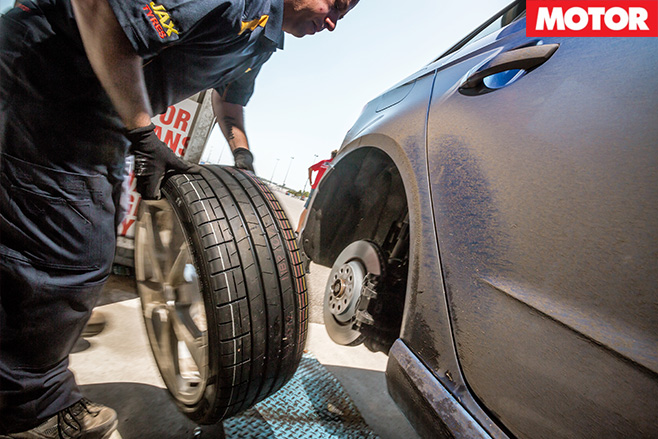Marketing pundits regularly cite Rolex as the world’s best managed luxury brand. Rolex watches routinely hold their value – and in many cases appreciate – even though the Geneva-based company sells more of them than its nearest rivals, Omega, Longines, and Patek-Phillipe, combined.
A $14,995 Rolex’s function is no different to that of a $49.95 Casio. And that puts Rolex at the top of a select group of brands that understand how to turn everyday objects into objects of desire. Apple, which has made 21st-century appliances such as computers and mobile phones into hipster accessories, is one of that group.
So, too, is Ferrari.
Enzo Ferrari created the legend. Luca di Montezemolo polished it. And Sergio Marchionne figured out how to monetise it, engineering the 2015 public flotation that now sees Ferrari valued at more than $70 billion. Ferrari’s current CEO, Benedetto Vigna, who was appointed to the top job at Maranello in mid-2021, has big shoes to fill. But he’s an interesting choice; not a car guy, but a physicist with 26 years’ experience in the microchip business. Vigna will lead Ferrari into the electronic age.
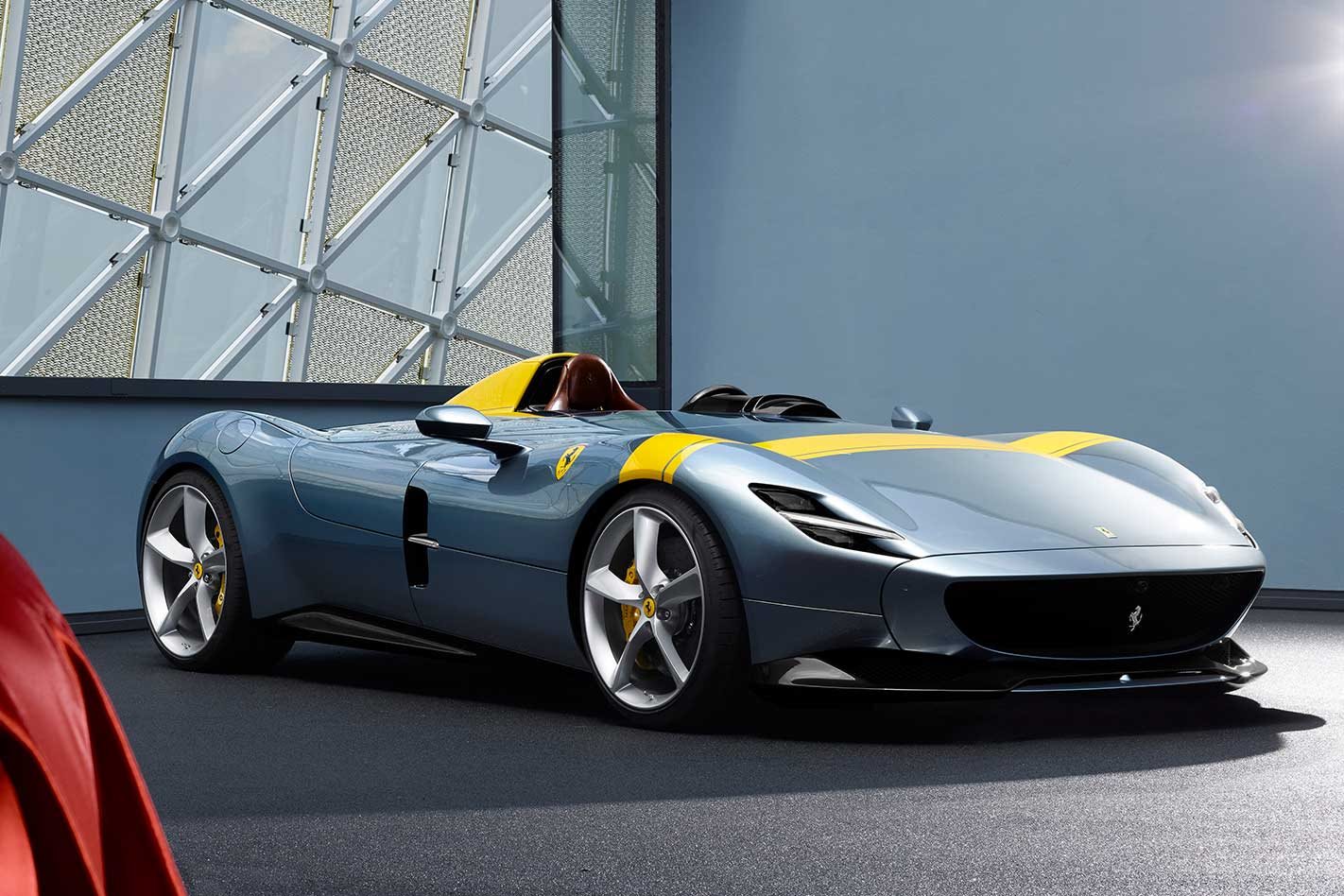
Software will increasingly drive a whole new generation of digitally enhanced Ferraris, including the company’s first-ever electric vehicle, which is scheduled to debut in 2025. But it’s the soft touch, the human side of the business, that will ensure Ferrari remains… Ferrari.
Since Sergio Marchionne’s death in 2018, Ferrari media events have frequently revolved around three key executives – marketing chief Enrico Galliera, chief technology officer Michael Leiters, and design chief Flavio Manzoni. Strikingly, all three share one key characteristic: none is a Ferrari lifer, each having come to Maranello between 2010 and 2014. And all understand the human side of the business.
Enzo Ferrari created the legend. Luca di Montezemolo polished it. And Sergio Marchionne figured out how to monetise it
Ferrari’s Icona cars, the Monza SP1 and SP2, and the recently announced Daytona SP3 are a case in point. The limited-edition Iconas – only 599 Daytona SP3s will be built – are designed to take themes and concepts from Ferraris of the past and reinterpret them in a modern way using cleverly repackaged hardware from existing Ferrari models.
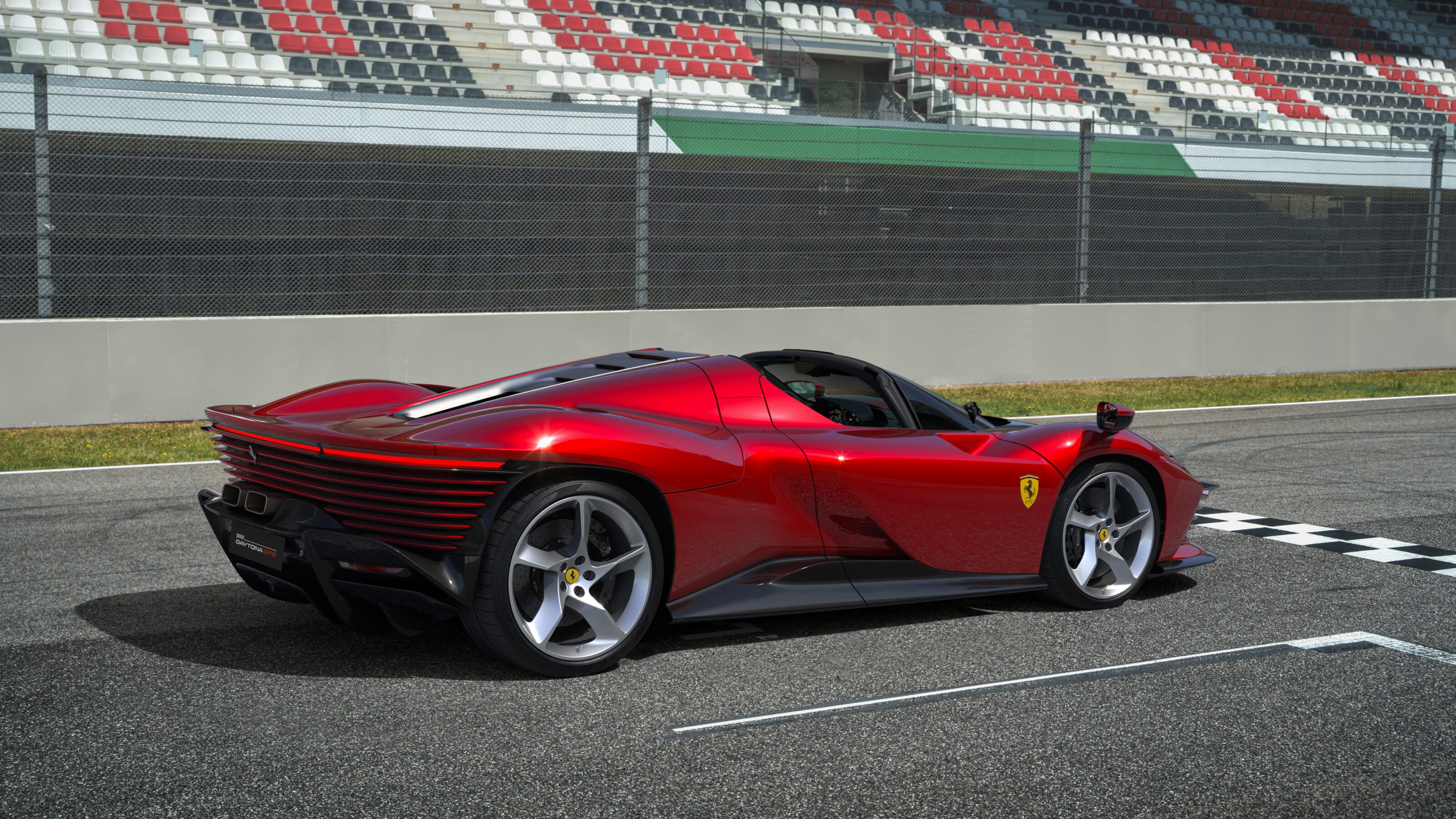
The mid-engine Daytona SP3, for example, has the chassis from the LaFerrari Aperta hypercar, and a naturally aspirated 6.5-litre V12 from the 812 Superfast that’s been tweaked to punch out 618kW at a screaming 9250rpm. “Revs are important to get the feeling of continuous acceleration, but also,” he adds pointedly, “to get the sound.”
The Daytona SP3’s voluptuous haunches and bubble-screened cockpit riff on forms from mid-engine racing Ferraris from the ’60s and ’70s. The execution and detailing are pure 21st century, however. “Of course, the inspiration is so powerful that the car has a very high level of meaning,” nods Flavio Manzoni. “But this is not a retro interpretation of a traditional car.”
Enrico Galliera agrees: “Icona is not about simply modernising an iconic Ferrari model,” he says. “It’s not a nostalgic approach, but looking to the future.” Indeed. The Icona cars have become a fourth model stream for Ferrari, alongside the sports cars, the GTs, and the special hypercars. And a highly lucrative one: All 599 Daytona SP3s are already sold, generating almost $2 billion in revenue.
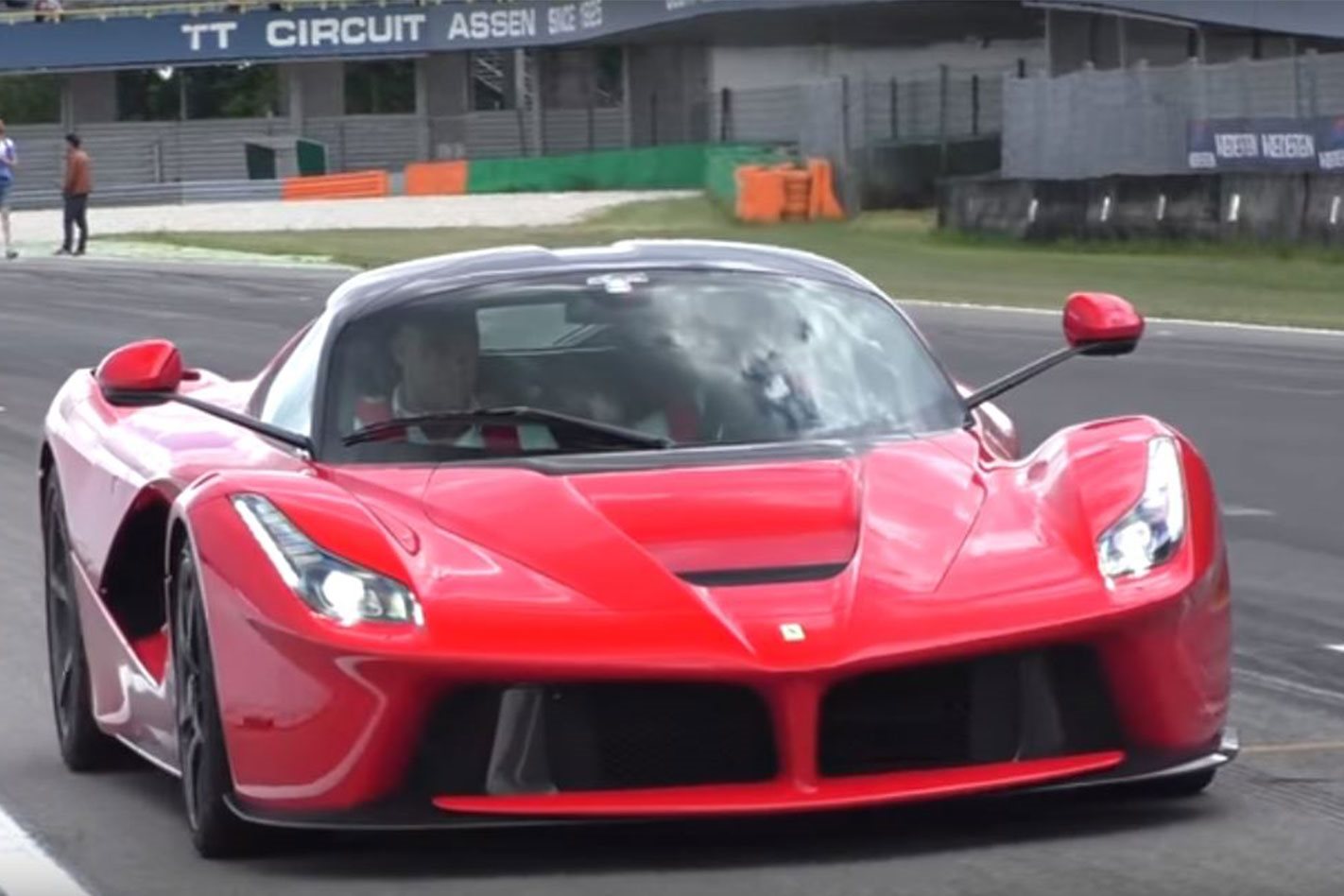
No wonder Galliera says Ferrari will do more Icona cars. “We have no idea what the next will be, though I think you coud easily identify four or five strong concepts we could work with,” he smiles.
Strictly limited runs of uniquely styled Ferraris that evoke the Prancing Horse’s heritage in a modern way, using existing parts and technologies, and with hugely profitable seven-figure pricetags that, for serious collectors, are no big deal?
That’s Rolex-level brand management, right there.
We recommend
-
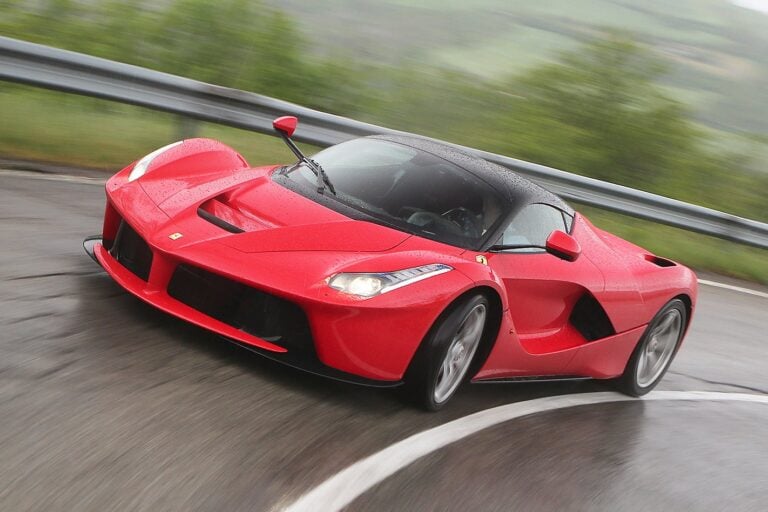 Reviews
ReviewsFerrari LaFerrari review
What's the one thing you don't want when testing a 708kW Ferrari? Rain.
-
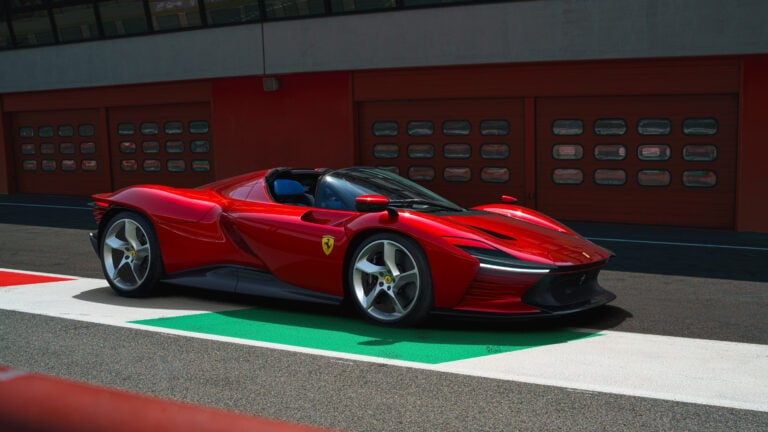 News
NewsFirst look: Ferrari Daytona SP3
A detailed look at Ferrari’s latest limited-edition Icona series offering
-
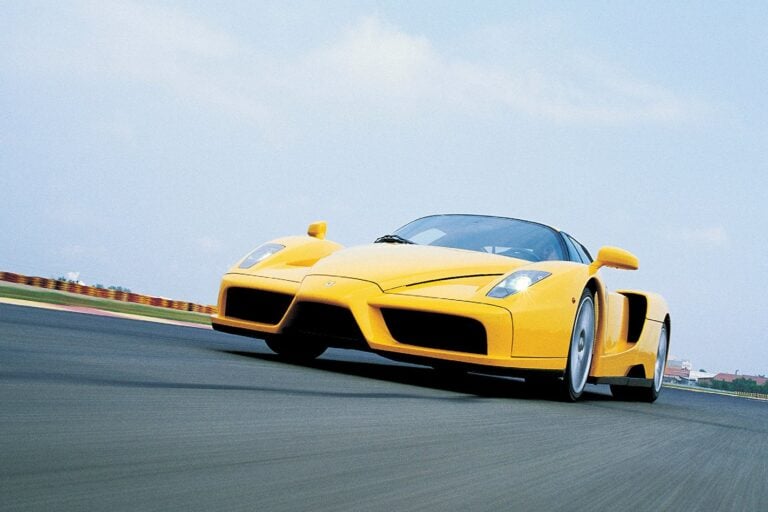 Features
Features2002 Enzo Ferrari review: Fangs a million
One-million dollars, 355kW per tonne, 0-100 kays in 3.6secs. Robbo dons his g-suit for a blast round Fiorano in Ferrari’s F1 car for the road — the Enzo




